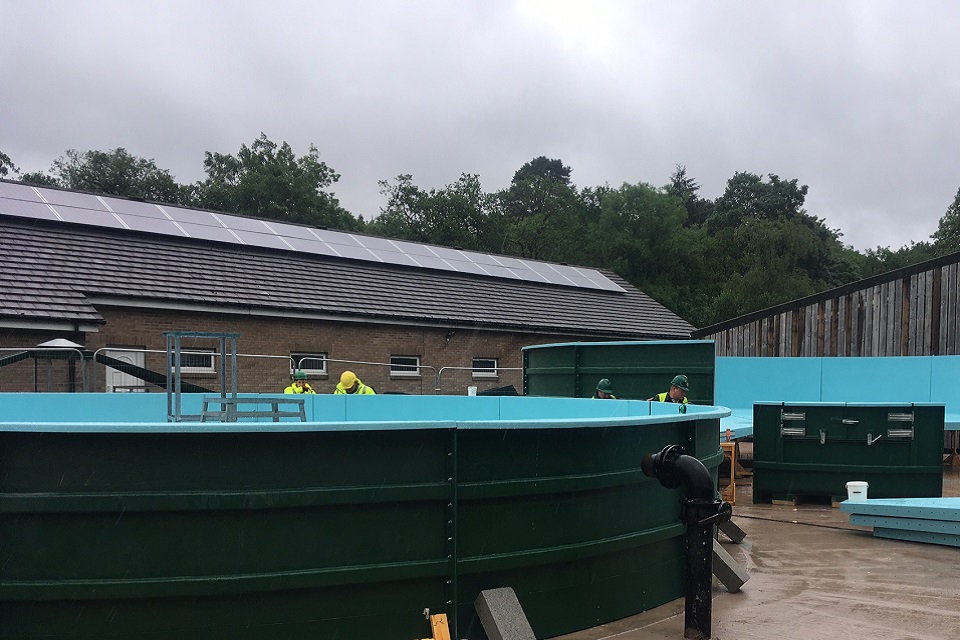News story: Self-service approach reduces fees for some low-risk licences
The MMO has introduced an automated process for obtaining permission to carry out activities which are a low risk to the marine environment. Applicants are now able to self-assess their proposals against specific criteria using a new assistance tool. Where projects qualify they can complete an online form and instantly get a licence for their activity.
The new self-service scheme, which covers six categories of activity, has also enabled the MMO to reduce the associated cost for such applications from £175 to £50.
Some of the activities which may qualify for the new scheme are:
- Burial at sea
- Maintenance of existing structures and assets
- Minor removals
- Non-navigational clearance dredging
- Beach maintenance activities
- Deposit of markers
Continued improvement of marine licensing processes
Where people or organisations want to undertake activities in the marine area they may need prior permission (a ‘marine licence’) from the Marine Management Organisation under the Marine and Coastal Access Act 2009. Such activities may include construction, dredging, deposits or removal.
The MMO is continuing to enhance the marine licensing process to ensure that it is as efficient as possible, maximises value for money and proportionately manages risks to the marine environment.
It launched a fast-track scheme for some marine licence applications in 2013, which it extended in 2014. The MMO has carried out a further review of this process and the activities eligible for it. It has identified that a number of activities covered by the scheme were sufficiently consistent in nature and extent that they could be considered low risk to the marine environment and be suitable for self-service.
Proportionate approach to regulation
The MMO is able to lower the fee for such licences by removing the need for manual consideration by its case officers. Instead it has carried out risk-assessment work for the relevant activities in advance. As a result applicants who meet self-service criteria will be provided with a licence containing pre-determined standard conditions relevant to the activity selected.
The MMO is supporting applicants to assess their circumstances against self-service criteria by adding a function to its free online Geographical Information System (GIS). This tool helps applicants to understand any sensitivity associated with the location of their proposed activity and determine whether the self-service criterion is met.
More information about and guidance on the activities eligible for self-service processing is available in the marine licensing section.

